By Teresa Watanabe | Originally Published at The Los Angeles Times. December 9, 2013
District officials say having to annually verify students’ family income to qualify for extra state dollars costs time and money.
Major California school districts fear they will be shortchanged millions of dollars in funding for their low-income students under new state rules requiring them to verify family incomes every year.
Officials in Los Angeles, San Diego, Fresno and elsewhere are scrambling to collect verification forms but said that hundreds of families have not yet turned them in — potentially jeopardizing funding that school districts are counting on this year. At stake, for instance, is $200 million in L.A. Unified and $6 million in San Diego.
The districts are urging the state to guarantee them all funding due this year, based on last year’s count of low-income students, whether the new forms are turned in or not.
Under a new law this year, districts are receiving extra money for students who are low income, learning English or in foster care — a boost that amounts to about $2,800 per pupil in L.A. Unified. State officials say the rules are necessary to ensure that the extra dollars are going to those who actually qualify for them.
“We have to make sure that the
But many districts are objecting, saying they already verify students’ family income every four years for the federally subsidized meal program. A separate, annual effort for the state risks missing some students and costs districts both time and money to complete, they said.
“The whole thing is outrageous,” said L.A. Unified schools Supt. John Deasy said. “Give our kids their fair share.”
Some school systems are struggling to collect the state paperwork, saying that notifications about it came too late and that some parents are balking at divulging personal information.
In the Fresno Unified School District, for instance, hundreds of families have declined to fill out the income forms — possibly because of fears associated with immigration, according to Ruth Quinto, the district’s chief financial officer. Parents may also be confusing the new state forms with the federal meals documents they’ve already filled out, some community organizers said.
In L.A. Unified, only 39.5% of 138,000 verification forms distributed to 380 high-poverty schools had been returned as of Friday, the district’s initial deadline. Deasy said the state should simply accept the federal data rather than require a separate state verification process.
Deasy drew statewide attention to the issue last week in a sharp exchange with Rich Zeiger, chief deputy superintendent of public instruction. After L.A. Unified released a statement attacking the state for “shortchanging” its students, Zeiger retorted that “allowing [L.A.] to circumvent the same paperwork that every other district is required to do would deny much-needed funding to other students around the state.”
That prompted Deasy to fire off another statement, saying he was “offended by [Zeiger’s] presumption that middle-class students are sneaking into schools in poor areas to reap the benefits of additional funding.” He invited Zeiger to tour impoverished L.A. neighborhoods with him — but the deputy schools chief has not accepted, Deasy said.
In San Diego Unified, only three of 68 high-poverty schools had turned in their forms as of last week, said Martha Alvarez, the district’s director of government relations. She said San Diego was also concerned about an undercount of the 40,000 students in those schools who are set to receive millions in extra dollars.
Other major urban districts, such as San Francisco and Santa Ana Unified, said they completed verifying their family incomes this year for the federal program so they would not have to do a separate effort for the state.
But Tony Wold, Santa Ana’s director of business operations, questioned the need for a separate state verification effort every year — especially since districts must pay for it with their own dollars rather than federal funds. L.A. Unified, for instance, has so far spent $100,000 just in printing costs for the effort, according to Edgar Zazueta, the district’s chief lobbyist.
Some officials, such as Deasy, are pushing to eliminate rules for a separate state effort, while others want to change the annual verification requirement to every few years.
State Sen. Holly Mitchell (D-Los Angeles) said she would push for legislation guaranteeing districts the money they expected this year and work to make sure they have adequate time to collect the required information in subsequent years. She criticized state officials for imposing new verification rules she said were not made clear at the time legislators voted for the new funding system.
“This is not the bill of goods we were sold,” she said of the new rules. “To require a new form on a tight timetable is a recipe for disaster and will fundamentally undermine the … intent to increase funding for our neediest students.”
Gabel said state education officials would support such legislation. To assist districts this year, the state has extended the deadline for verification forms to March. She added that the state began notifying districts about the verification requirements last May, but several districts officials said the details were not made clear until the fall.
Copyright © 2013, Los Angeles Times
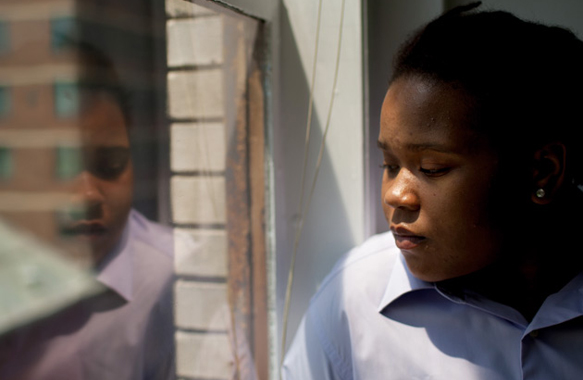






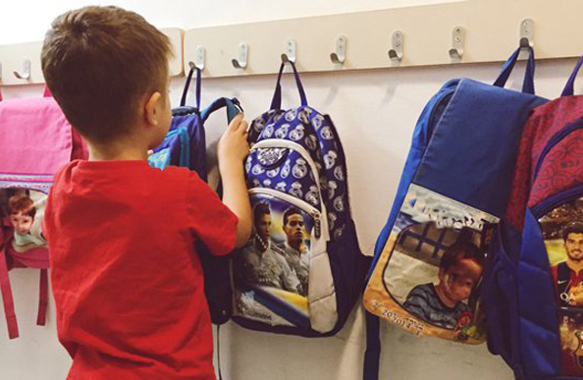

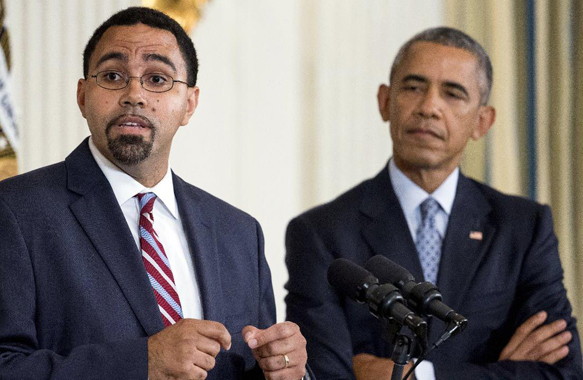
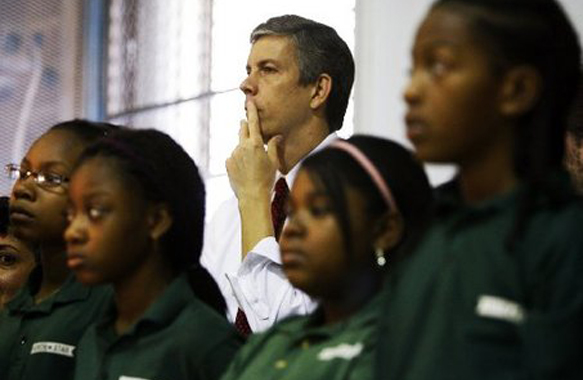
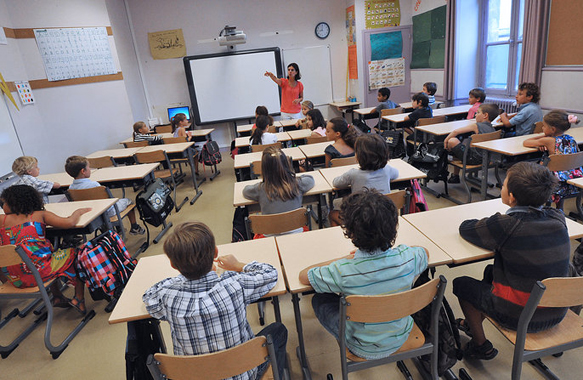
Leave A Comment